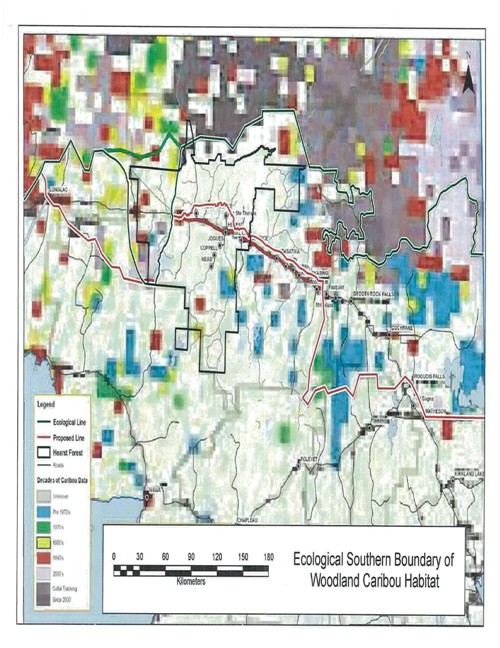Dimitry Anastakis teaches in the Department of History at Trent University (Peterborough). His first book “Auto Pact: Creating a Borderless North American Auto Industry, 1960-71,” won the 2007 J.J. Talman Prize as the best book in Ontario history. Prior to Trent, Dr. Anastakis was a Senior Advisor in the Governemnt of Ontario’s Automotive Office, and a Fulbright Chair in Canadian Studies at Michigan State University.
Let us, for a moment, pity poor Ontario.
The litany of affronts, indignities and embarrassments over the last two decades is long and inglorious: Free trade agreements hoisted upon it; careening business cycles and a roller-coaster dollar; wrenching and radical changes in government; ever-increasing taxes and an end of cheap power; never-ending sporting failure and Olympic disappointment (twice); separatist movements in the North, city-state rumblings from Toronto; mayors who provoked blizzards of national mockery; massive power failures to ice storms to G20 fiascos.
All have ruthlessly descended upon the province and its capital like a series of Biblical plagues, not to mention a real plague—SARS—in 2003.
In the last two years, Ontario hit rock bottom. To add insult to injury, in 2008 it was announced that Ontario would qualify for equalization. Then, in the summer of 2009, the auto industry, the province’s industrial cornerstone, went bankrupt. When the smoke cleared from the economic meltdown, the province’s deficit was $25 billion. Once Confederation’s frugal accountant, the province is now derisively referred to as “Ontari-owe.” Economically, it’s a basket case.
Pity, however, is not so charitably given in some quarters. For all its woes, there exist longstanding resentments of Ontario’s prosperity, built into the very DNA of Confederation. For quite a few Canadians, Big Bad Ontario, which long lorded its exalted economic status, is finally being knocked from its pedestal.
Read more
























